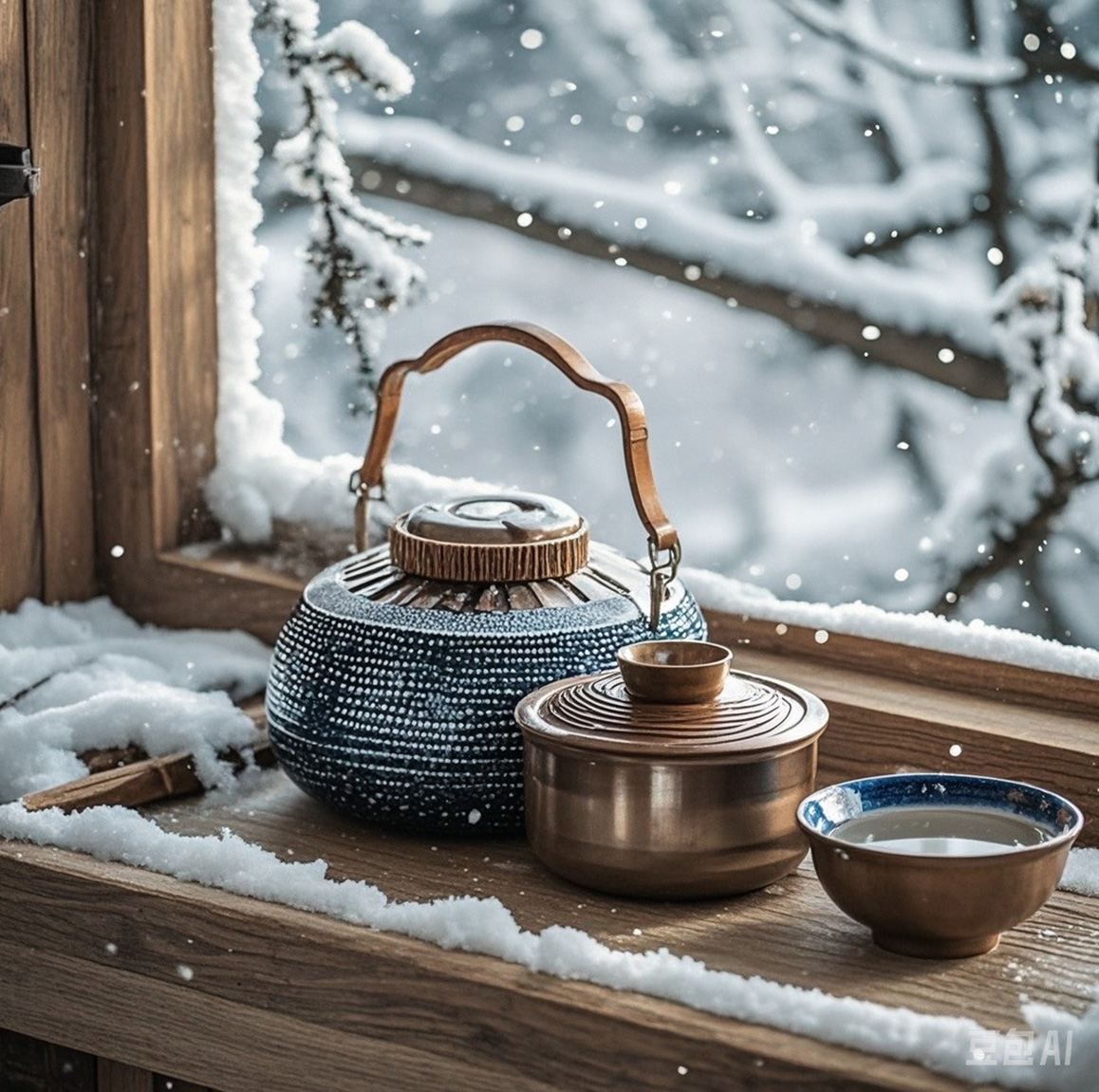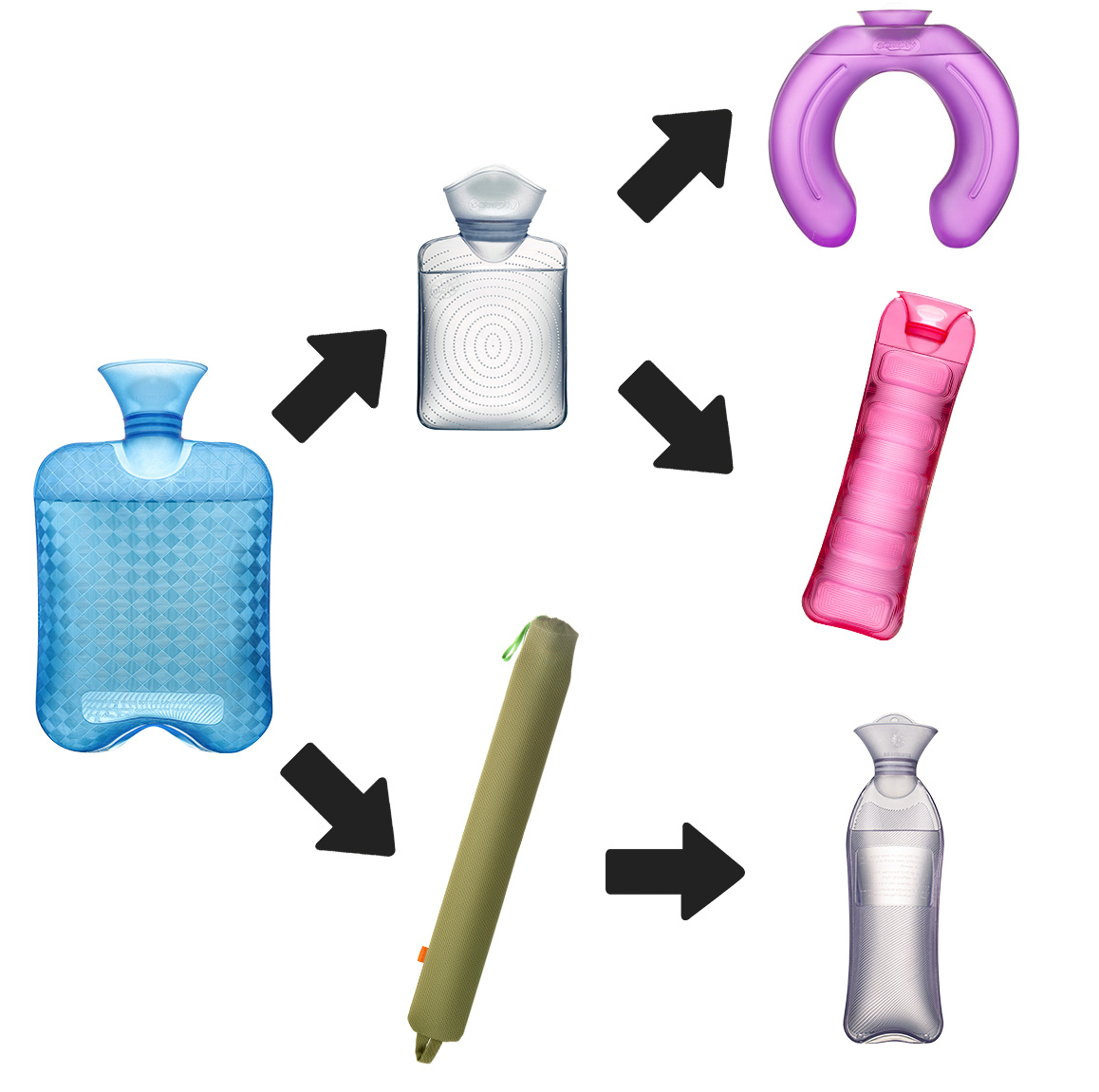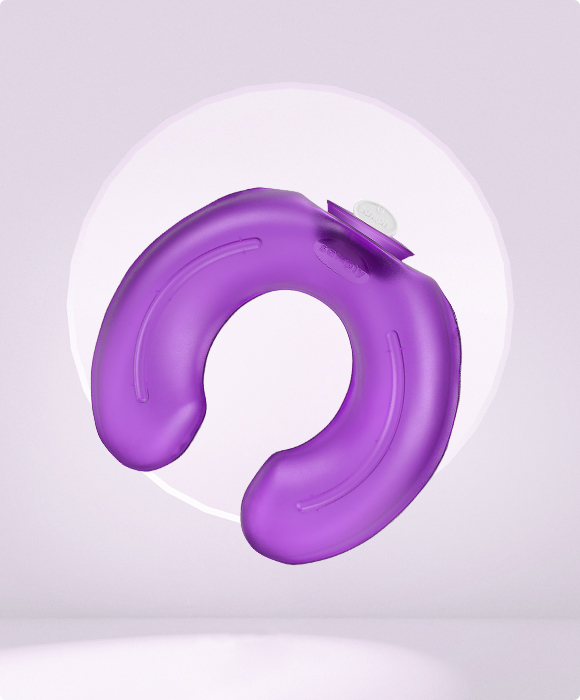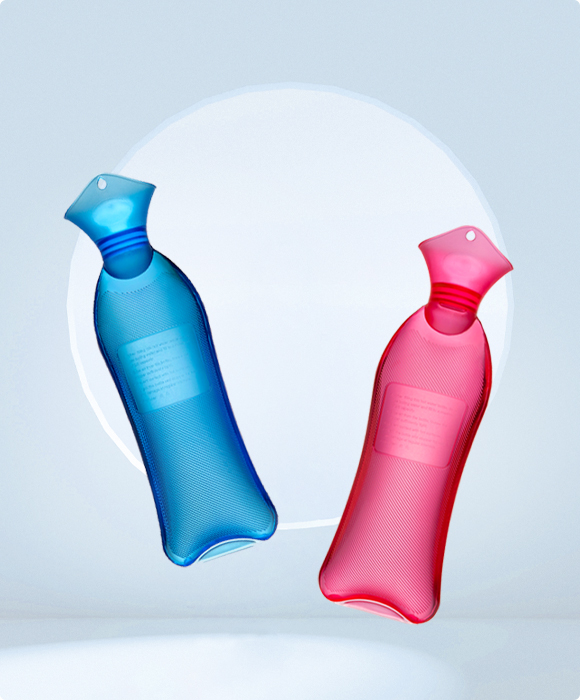1.Introduction
2.Origins and Development of the Hot Water Bottle
3.Evolution of Hot Water Bottle Design
4.Significance of Hot Water Bottle Design
5.Conclusion
Introduction
A hot water bottle is a sealed container composed of a bottle body and a stopper, typically wrapped in a cover and used to warm specific parts of the body. Today, hot water bottles have become essential household items. When people think of hot water bottles, they often focus on their heat application function, overlooking their primary purpose of providing warmth. Many may even view the use of hot water bottles as outdated. This blog will show you the history of hot water bottles.
Origins and Development of the Hot Water Bottle
Historically, early heating methods involved filling a warming bed with hot embers and placing it in a metal pot, which was then covered to prevent sparks from igniting bedding. Over time, most hot water bottles were made from materials like brass, copper, wood or ceramics, etc.
The development took a significant turn in 1903 when Croatian engineer Slavoljub Penkala invented the first rubber hot water bottle, marking a revolution that made them more durable, efficient, and affordable.
Nowadays, hot water bottles are commonly made from rubber or PVC material, and they come in various shapes beyond the traditional design, such as the uniquely shaped Japanese hot water bottle known as “yutampo” which resembles a flattened round pot.

Evolution of Hot Water Bottle Design
Traditional hot water bottles are typically rectangular with a capacity of 2 liters. They are often considered plain, with changes primarily focused on increasing storage capacity. For instance, there are smaller hot water bottles designed specifically for children, with a capacity of 350 ml, suitable for adults as well, easily fitting into pockets. There are also larger hot water bottles that can hold 3 liters or more, like the DaBJ design.
Beyond capacity upgrades, innovative shapes have emerged to cater to various body parts, such as U-shaped, YuDai and XiaoMY designs. The hot water bottle covers for hot water bottles have also diversified. Previously, people would wrap them in fabric to insulate against burns and enhance heat retention. Nowadays, a variety of tailored covers are available, designed to fit specific hot water bottle shapes and made from different materials, including single-sided fleece, plush fleece, crystal fleece, soft cotton fleece and faux rabbit fur, etc.

Significance of the Hot Water Bottle
As mentioned earlier, many people focus on the heat application function of hot water bottles, often overlooking their fundamental heating purpose. However, recent energy crises and inadequate heating conditions have rekindled interest in traditional hot water bottles, leading to a surge in demand.
The enduring appeal of hot water bottles primarily stems from their effective heating capability. A simple design that contains hot water without leaking makes them a household essential. Moreover, they have evolved into effective tools for heat application. Thus, the significance of hot water bottles lies in their status as indispensable heating tools in everyday life.
Conclusion
Today, hot water bottles serve not only to provide warmth but also extend their utility to soothing pain through heat application and offering psychological comfort. They can even function as cold compresses. Overall, hot water bottles play an important role in promoting physical and mental well-being and providing everyday comfort.

